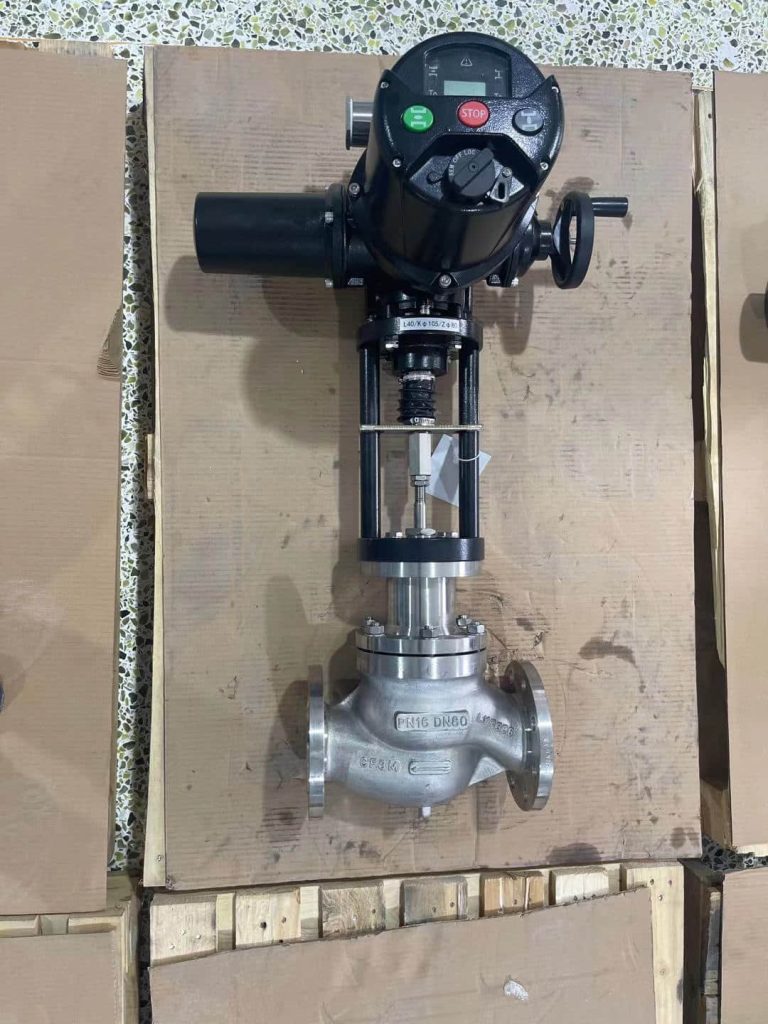Electric two-seat regulating valves are essential components in modern industrial processes that require precise fluid control. These valves are designed to regulate the flow of liquids or gases with accuracy, ensuring smooth operation and system stability. As the name suggests, an electric two-seat regulating valve features two seating surfaces that control the flow of media through the valve, driven by an electric actuator. In this article, we will explore the functionality, applications, and key benefits of electric two-seat regulating valves.

What is an Electric Two-Seat Regulating Valve? An electric two-seat regulating valve consists of a valve body with two opposing seats that regulate the flow of fluid or gas. The valve operates based on the difference between the inlet and outlet pressures and adjusts its position accordingly to maintain a constant flow rate or pressure. The electric actuator is responsible for controlling the valve’s position, usually through a signal from a control system or a programmable logic controller (PLC). The electric actuator is typically powered by electricity, and it enables precise control over the valve opening and closing actions. This allows for fine-tuning of flow rates and pressure levels within the system, which is critical in many industrial applications.